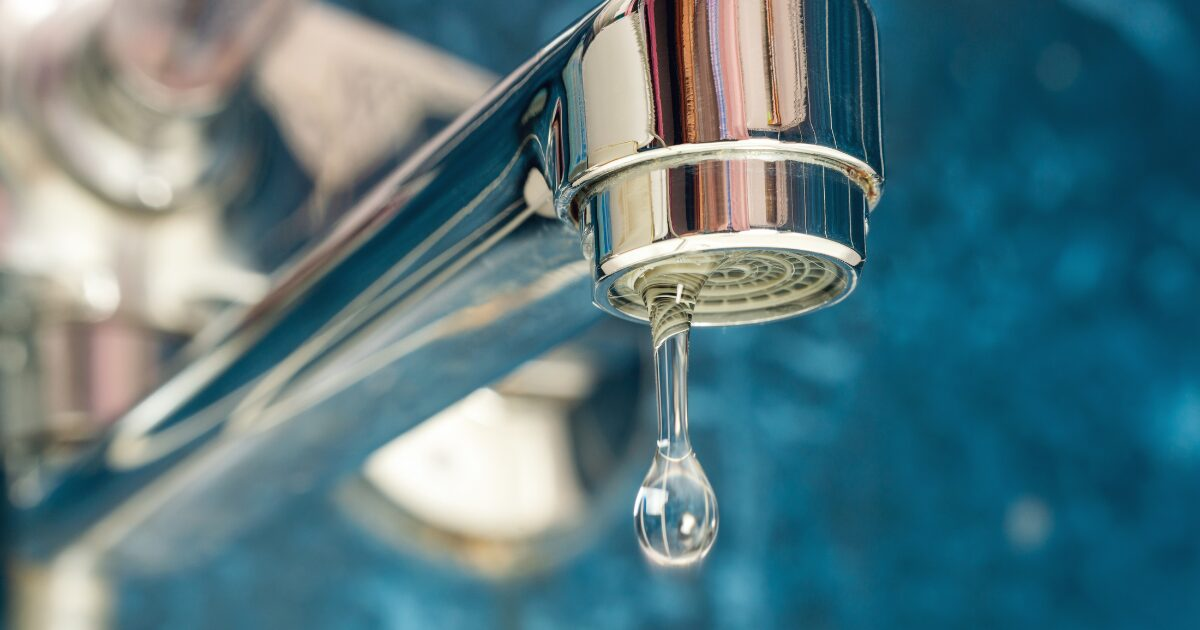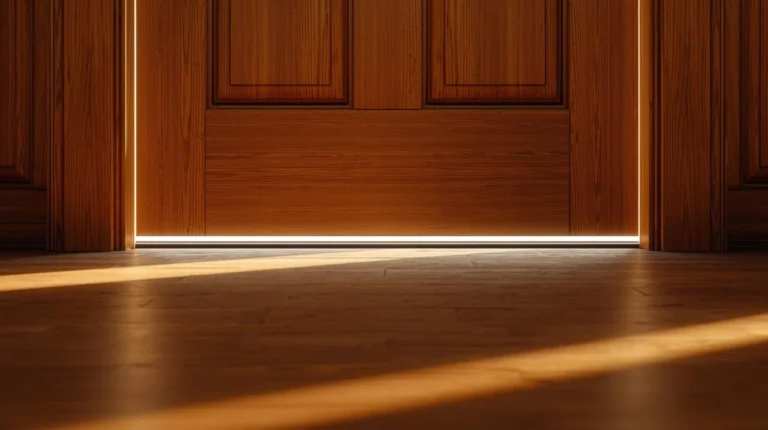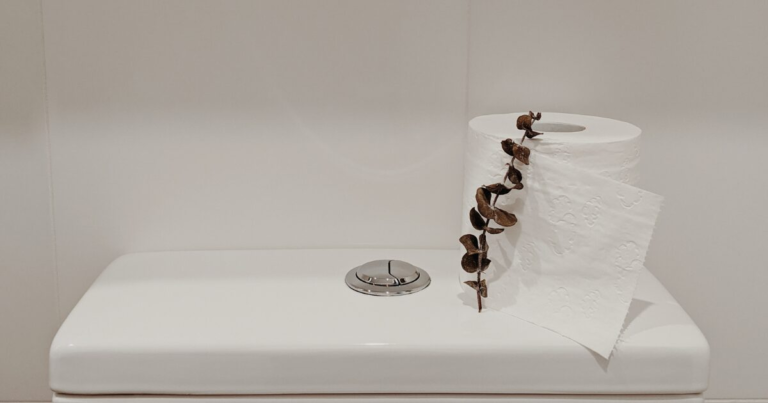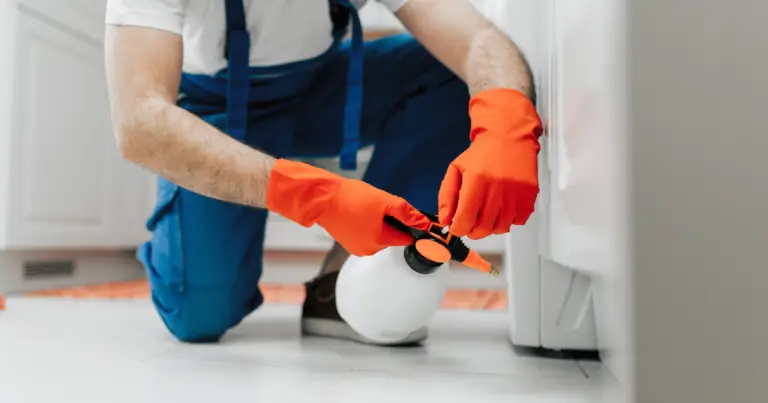That annoying drip, drip, drip isn’t just a sound — it’s wasted money, water, and peace of mind. Many homeowners underestimate the cost of a drip. According to the EPA, a faucet dripping once per second wastes more than 3,000 gallons of water per year — that’s enough to fill 40+ bathtubs[1]. Financially, this adds up to $200–$300 in wasted water bills annually, depending on your utility rates.
But the costs don’t stop there:
- Cabinet Damage: Continuous dripping under sinks can cause wood to swell and rot.
- Mold & Mildew: Moisture creates the perfect breeding ground for dangerous fungi, impacting your family’s health.
- Plumbing System Stress: Constant water pressure at faulty seals can shorten the lifespan of faucets and pipes.
By spending less than $20 on parts (such as washers, O-rings, or cartridges), you can prevent hundreds of dollars in damage.
The good news? You don’t need to call a plumber. With the right tools and a bit of guidance, you can fix a leaky faucet yourself with proven DIY solutions in under an hour.
This comprehensive guide covers:
- What causes faucets to leak?
- Step-by-step repairs for every faucet type.
- Tools and repair kits you’ll need.
- Prevention tips and eco-friendly upgrades.
- FAQs on costs, water waste, and when to call a pro.
(Affiliate disclosure: This post contains affiliate links. If you buy through these links, I may earn a small commission at no extra cost to you. I only recommend products I trust and believe will help you.)
Why Fixing a Leaky Faucet Matters
- Money: Even a slow drip can cost $20–$30 per month in water bills. [2]
- Health & Home: Constant leaks fuel mold, mildew, and bacteria[3].
- Environment: U.S. households collectively waste billions of gallons of water annually due to leaks[1].
- Annoyance: The rhythmic drip disrupts sleep and increases stress.
- Confidence: Fixing it yourself saves $100–$300 in plumber fees[2] and gives you lifelong DIY skills.
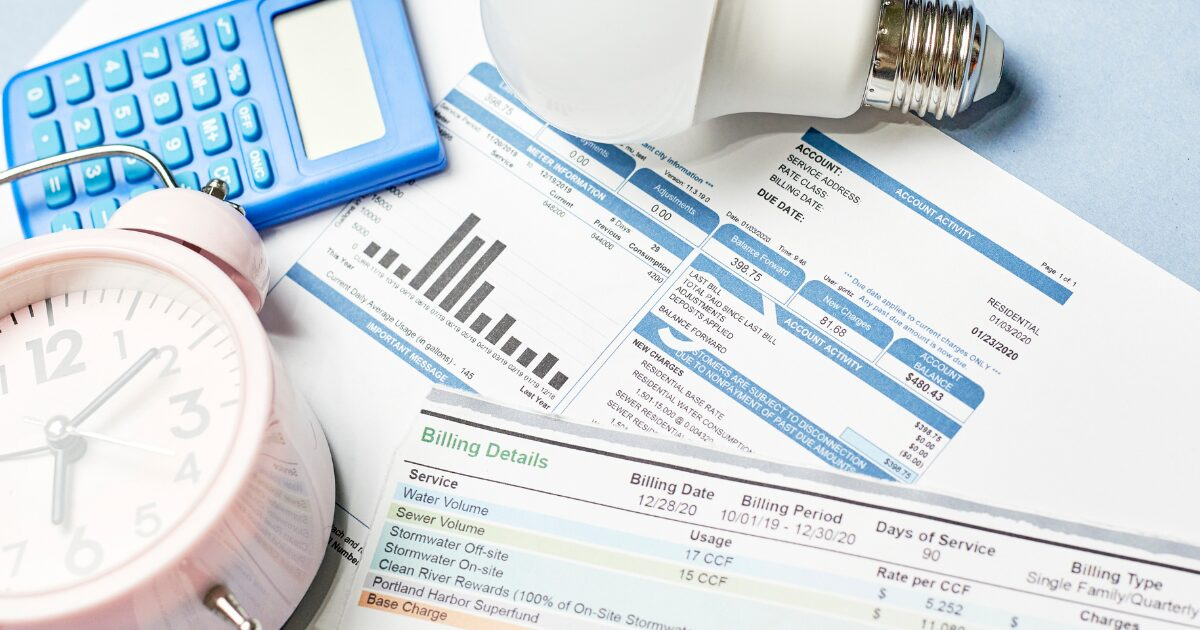
When NOT to DIY: Signs You Need a Plumber
While most faucet leaks are fixable with simple parts, some situations require a professional:
- Severe corrosion around valves or spouts.
- Multiple fixtures are leaking at once (could indicate bigger plumbing issues).
- Seized shutoff valves that won’t close.
- Leaks at the main water line instead of just the faucet.
💡 Rule of thumb: If the faucet is very old or the cost of repair exceeds half the price of a new fixture, replacement is the smarter move.
What Causes a Faucet to Leak?
- Worn Washers & O-Rings → Rubber degrades, causing leaks at spouts/handles.
- Damaged Cartridges → Common in single-handle faucets.
- Corroded Valve Seats → Hard water buildup prevents proper sealing.
- Loose Parts → Wear on packing nuts or stems.
💡 Affiliate pick: Universal faucet repair kit.
Essential Tools & Parts You’ll Need
- Tools: Adjustable wrench, screwdriver set, hex keys, needle-nose pliers.
- Consumables: PTFE tape, plumber’s grease, silicone sealant.
- Parts: Assorted washers, O-rings, brand-matched cartridges.
Step-by-Step DIY Fixes
- Fixing a Compression Faucet (Two Handles)
– Shut off the water; plug the drain.
– Remove the handle cap and screw; pull the handle.
– Unscrew packing nut & stem; replace washer and O-ring.
– Reassemble, grease lightly, and test.
Pro Tips:
Don’t overtighten handles — it wears washers.
Use an O-ring assortment kit for an exact fit.
💡 Affiliate pick: Compression repair kit. - Fixing a Cartridge Faucet (Common Single-Handle)
– Shut off the water.
– Remove handle & retaining clip.
– Pull cartridge (use puller if stuck).
– Insert brand-matched cartridge, align tabs.
– Reassemble and test.
Pro Tips:
Moen ≠ Delta — match your brand.
Mineral-seized cartridges need patience.
💡 Affiliate picks: Moen cartridge | Delta cartridge. - Fixing a Ball Faucet (Older Single-Handle)
– Remove the handle cap/handle.
– Loosen collar & cam; lift out ball.
– Replace seats & springs.
– Align, reassemble, and test.
Pro Tip: Watch seat/spring orientation carefully.
💡 Affiliate pick: Ball faucet repair kit. - Fixing a Ceramic Disc Faucet
– Remove handle & decorative cap.
– Lift out disc cylinder; clean seals.
– Replace cracked/deformed seals.
– Apply silicone grease, reassemble, and test.
Pro Tip: Never force ceramic discs; chips = permanent leaks.
💡 Affiliate pick: Ceramic disc repair kit.
Common Mistakes People Make When Fixing Faucets
DIY faucet repairs are straightforward, but these mistakes can cause frustration:
- Using the wrong size washer or O-ring can lead to continued leaks.
- Forgetting to turn off the water supply (and getting soaked!).
- Overtightening handles or nuts → damages washers and threads.
- Skipping plumber’s grease → seals wear out faster.
- Misplacing small parts during reassembly.
👉 To avoid mistakes, lay out each part in order on a towel as you disassemble the faucet.
Hidden Costs of Ignoring a Drip
- Water Bills: $200+ per year.
- Cabinet/Floor Damage: Swelling, rot, odors.
- Plumbing Wear: Constant weeping erodes valves.
💡 Affiliate picks:
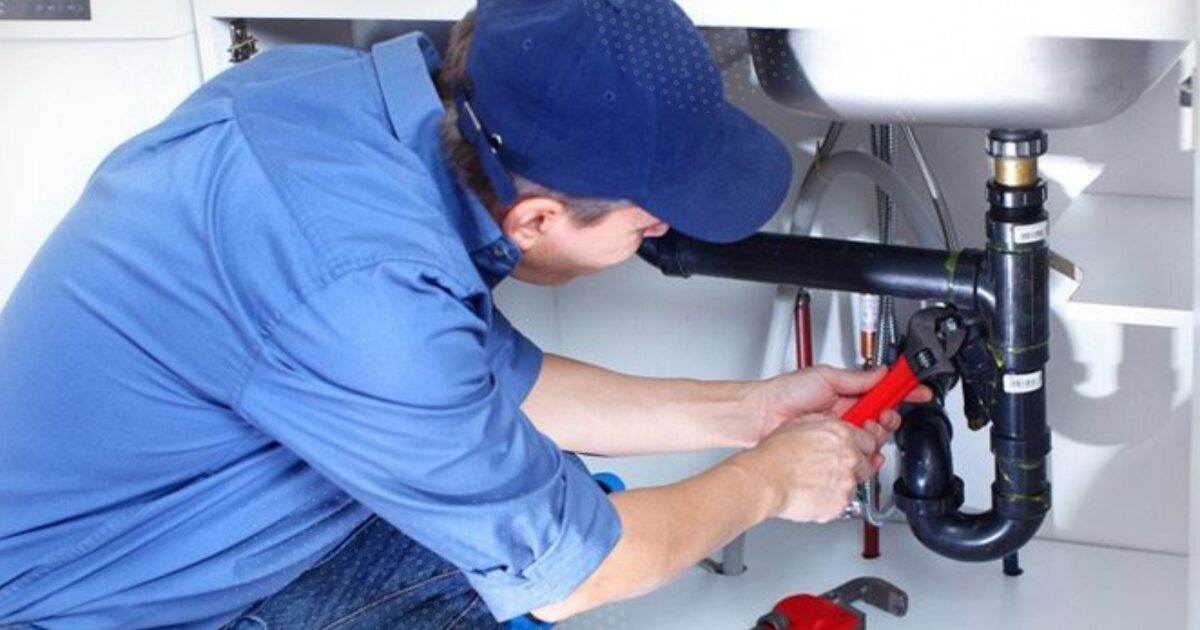
Comparison Table: Faucet Types & Repairs
Here’s a handy table comparing the 4 common faucet types, symptoms of leaks, and how to fix them:
| Faucet Type | How to Identify | Common Leak Cause | Repair Steps | Difficulty | Cost (Parts) |
| Compression (2 handles) | Separate hot & cold handles | Worn washer or O-ring | Replace washer & O-ring | Easy | $1–$5 |
| Cartridge (1 handle) | Smooth handle motion | Damaged cartridge | Common Leak Causes | Easy–Medium | $10–$40 |
| Ball Faucet (1 handle, older) | Replace the brand-specific cartridge | Worn seats & springs | Replace seats & springs | Medium | $8–$20 |
| Ceramic Disc (1 handle) | Wide cylinder body | Damaged seals | Clean/replace seals, apply grease | Medium–Hard | $10–$30 |
Prevention Tips & Eco-Friendly Upgrades
- Add WaterSense aerators → reduce flow ~30%.
- Install touchless faucets → minimize wear and improve hygiene.
- Keep an under-sink emergency kit → washers, PTFE tape, spare cartridge.
💡 Affiliate picks: Touchless kitchen faucet | Faucet aerator pack.
FAQs: To Fix a Leaky Faucet DIY Solution
Two handles = compression. One handle = cartridge, ball (older), or ceramic disc.
Basic hand tools (wrench, screwdrivers) plus PTFE tape and the correct washer or cartridge.
At a rate of 1 drip/second, that’s over 3,000 gallons per year. [1]
If a new washer or cartridge doesn’t fix it, or if you see heavy corrosion, seized shutoff valves, or water damage.
You May Also Like,
Creating a Productive Morning Routine That Sticks: Practical Strategies
How to Lower Your Electric Bill with Simple Home Adjustments
Conclusion: Fix the Drip, Save the Day
A leaky faucet isn’t just an annoyance — it’s an opportunity to build DIY confidence, save money, and conserve water.
Do this now:
- Identify your faucet type.
- Grab a repair kit.
- Fix it in under an hour.
👉 Ready to start? Shop the best faucet repair kits on Amazon.
(Affiliate link disclosure: I may earn a commission at no extra cost to you.)
Looking for More Smart Solutions?
Find cleaning tricks, DIY fixes, and lifestyle hacks all in one place on our homepage
References & Footnotes
- U.S. Environmental Protection Agency (EPA) – WaterSense facts on household leaks and water waste → epa.gov
- HomeAdvisor – Typical plumber repair costs → homeadvisor.com
- Centers for Disease Control and Prevention (CDC) – Mold and dampness guidance → cdc.gov
- American Water Works Association (AWWA) – Household water use and conservation → awwa.org
👉 Check out more of our DIYs and Fixes here.


